Dengue: Symptoms, Prevention, and Treatment Guide
Every year, 400 million people get dengue infections worldwide. About 96 million of these cases turn into serious illness. Dengue fever is a painful disease spread by mosquitoes. It’s common in tropical areas like India, Southeast Asia, and the Americas.
The disease spreads through mosquito bites. Symptoms start four to six days after infection and last up to 10 days. They include high fever, severe headache, and muscle pain. In severe cases, it can cause dengue hemorrhagic fever, which is very dangerous.
Key Takeaways
- Dengue is a mosquito-borne viral disease that can cause a range of symptoms, from mild fever to severe, potentially life-threatening complications.
- Dengue is a global health concern, with an estimated 400 million infections occurring worldwide each year.
- Symptoms of dengue fever include high fever, severe headache, pain behind the eyes, muscle and joint pains, nausea, vomiting, and rash.
- Severe cases of dengue can lead to dengue hemorrhagic fever, which is characterized by high fever, bleeding, and circulatory system failure.
- Individuals with weakened immune systems and those with a second or subsequent dengue infection are at higher risk for developing severe dengue.
Understanding Dengue Fever
Dengue is a viral infection spread by Aedes mosquitoes, like Aedes aegypti. It has four types, known as dengue fever. This disease is found in over 100 countries, mainly in the Americas, Southeast Asia, and the Western Pacific.
What is Dengue?
Most people with dengue don’t show symptoms or have mild illness. But, some cases can be severe, leading to dengue hemorrhagic fever and dengue shock syndrome. These can be deadly. Every year, tens of millions get dengue, causing 20,000-25,000 deaths, mostly in children.
Symptoms of Dengue
Symptoms include high fever, severe headache, and pain behind the eyes. You might also feel muscle and joint pains, nausea, vomiting, and rash. Severe cases can have severe abdominal pain, vomiting, and bleeding.
“Dengue fever is a significant public health concern, especially in regions where the Aedes mosquito is prevalent.”
The virus takes 3-14 days to show symptoms, averaging 4-7 days. Humans help spread the virus in cities, where it cycles between people and mosquitoes.
Dengue: A Global Burden
Dengue cases have skyrocketed worldwide in recent years. The World Health Organization (WHO) saw a jump from 505,430 cases in 2000 to 5.2 million in 2019. Many cases are mild, but the real impact of dengue is still not fully understood.
Dengue is now found in over 100 countries. The Americas, Southeast Asia, and the Western Pacific are hit the hardest. In 2023, the WHO Region of the Americas reported 4.5 million cases and 2,300 deaths, the highest ever.
“The global dengue burden has increased dramatically, posing a significant public health challenge, particularly in dengue endemic countries. Urgent action is needed to prevent and control this dengue epidemic.”
We’ve made progress in fighting dengue. Better care for patients, controlling mosquitoes, and vaccines are helping. But we must keep working together to fight this global threat. We need to stay alert, invest more, and work as one to protect everyone.
Prevention and Control Strategies
Stopping dengue is key, as it hits almost 2.5 billion people worldwide. The WHO says there are about 390 million dengue virus infections each year. Most of these are in apparent cases. To fight dengue, we must avoid mosquito bites and cut down on breeding sites.
Avoiding Mosquito Bites
To stop dengue, we need to protect ourselves from mosquitoes, especially during the day. Using mosquito repellents, wearing long-sleeved clothing, and staying in air-conditioned spaces or with screens help. Also, sleeping under mosquito nets is a good idea. These steps can lower the chance of getting dengue.
Reducing Mosquito Breeding Sites
Getting rid of standing water and using insecticides on outdoor water containers is key. Programs in Brazil, Kerala, Mexico, and Cuba have shown success. They focus on reducing the Aedes aegypti mosquito population.
Teaching people about dengue prevention and control strategies is also important. The dengue vaccine Dengvaxia, approved in 2019, is for kids aged 9–16 in high-risk areas. It’s for those who have had dengue before.
By using a mix of personal protection, community efforts, and education, we can fight dengue. This way, we can lessen its impact worldwide.
Conclusion
Dengue fever is a big health problem worldwide, hitting over 100 million people each year. It causes 20 to 25,000 deaths globally. In places like India, where it’s common, we must all work together to stop it.
Most people get better on their own, but it’s key to see a doctor early. This helps avoid serious problems like dengue hemorrhagic fever. We can fight this disease by avoiding mosquitoes, cleaning up where they breed, and using bug spray.
We need to keep studying and teaching about dengue fever. Knowing more helps us protect our communities. By working together, we can fight this disease and make our communities healthier.
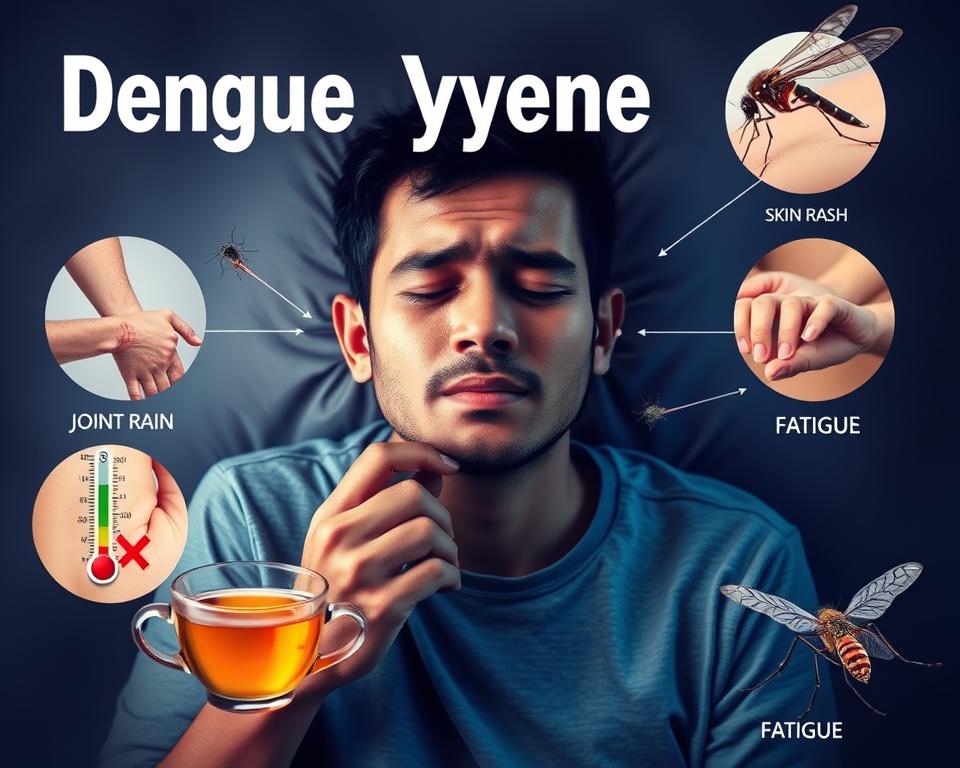

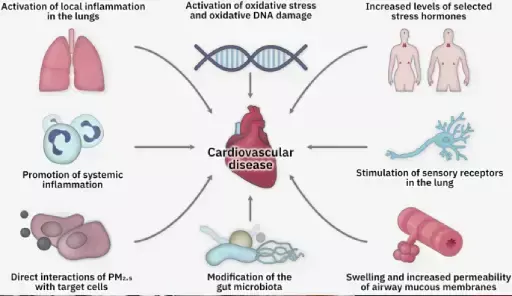
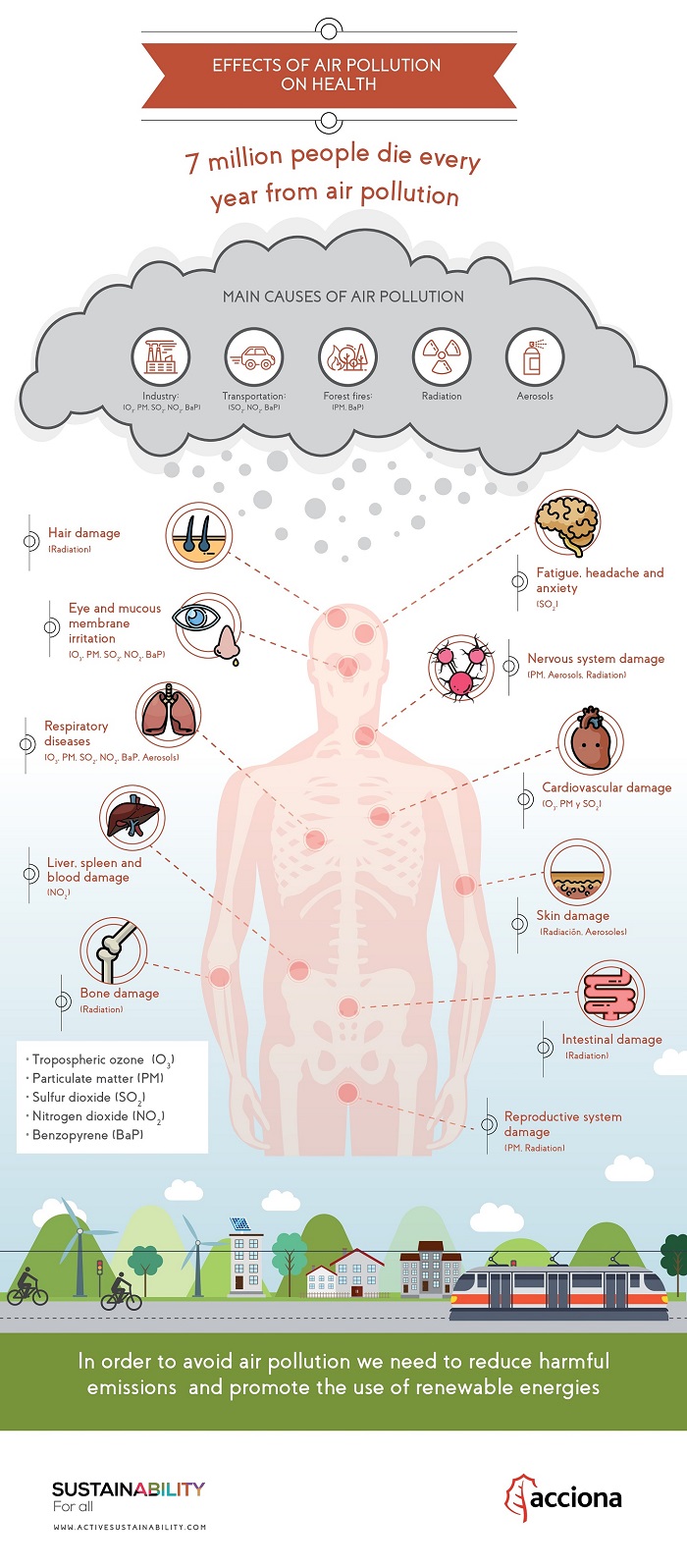
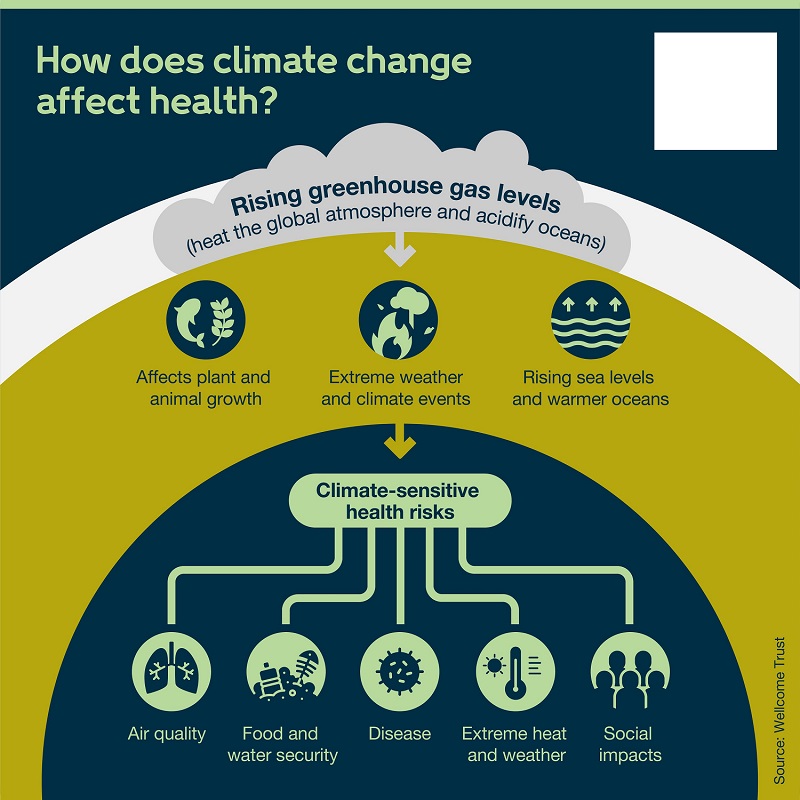
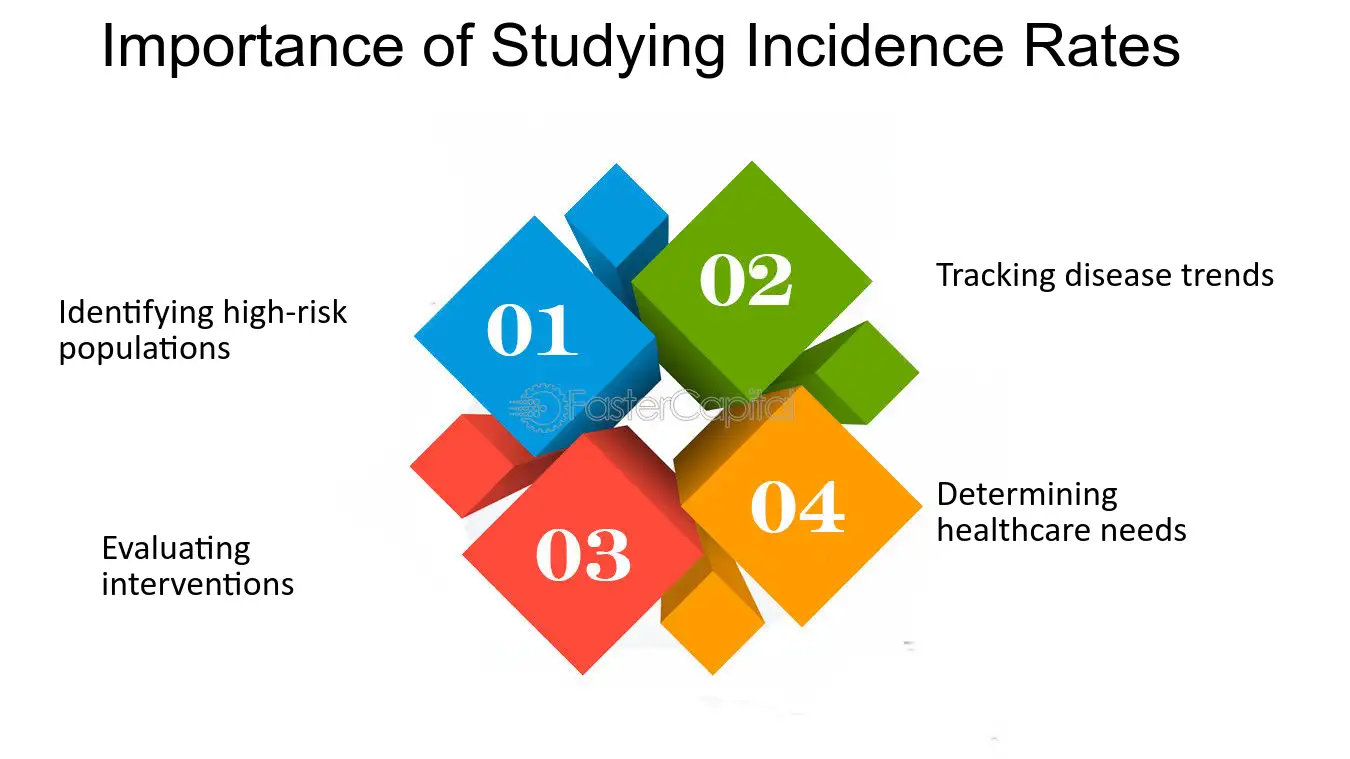
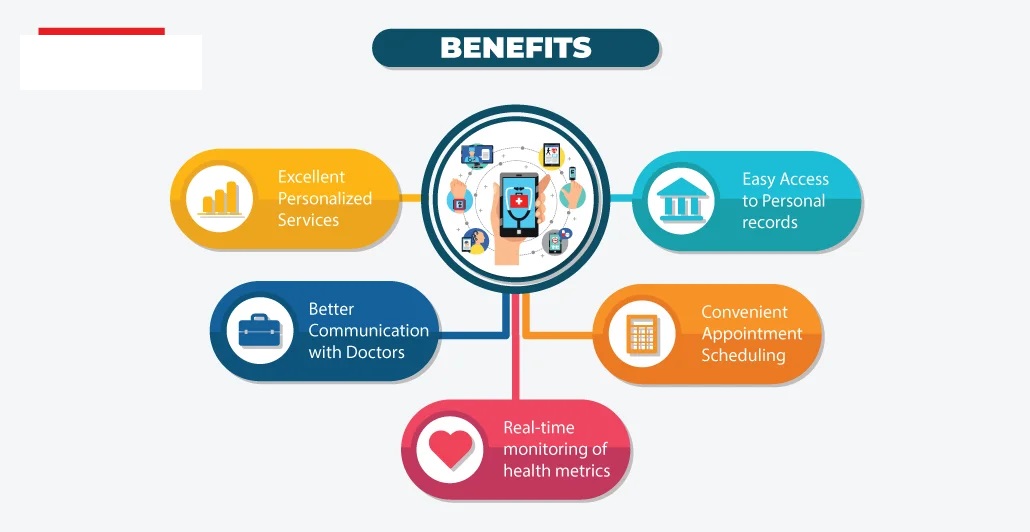
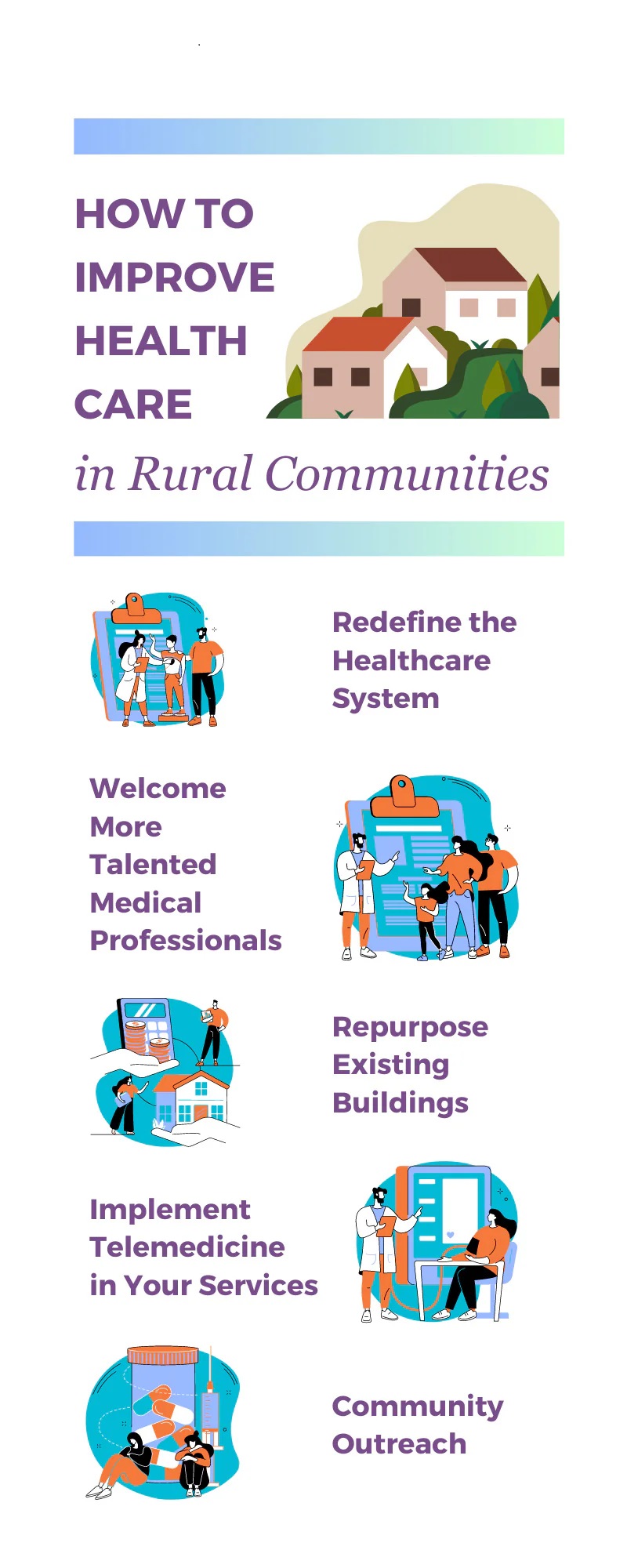







Hairstyles
Valuable information. Lucky me I found your web site by accident, and I am shocked why this accident did not happened earlier! I bookmarked it.